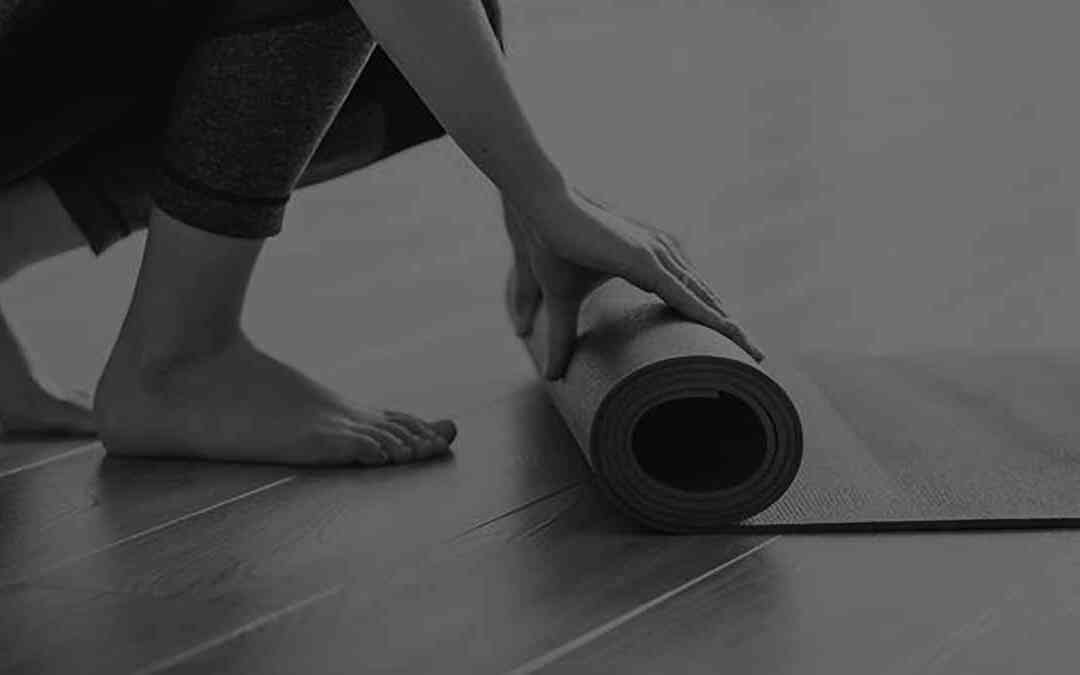Does yoga arise because you get adjusted in a posture?
Does yoga arise because you can make a bind or balance on your head or hands?
Does yoga arise because you read about or know a lot about yoga?
Nope. It takes ongoing daily practice.
Like the taste of sugar, yoga cannot be explained, but must be experienced.
Ashtanga is comprised of 8 limbs. The first two are your foundation, the next three are your shala practice, and the last three are the natural outcome of your foundation and your practice. Here’s how it works:
To get rolling, you need to abide by 1) the yamas [non-violence, truthfulness, not stealing, sexual restraint, not coveting] and cultivate 2) the niyamas [cleanliness, contentment, self-discipline, self-awareness, acceptance of what is].
Working with the first two limbs, the yamas and niyamas, is a foundation – practicing them reduces the likelihood that your life is a confusing circus of bad situations that distract from your spiritual endeavors.
As we practice the yamas and niyamas, we focus on the next three limbs, which comprise our daily practice: 3) asana [physical poses], 4) pranayama [breathing], 5) pratyahara [bringing the senses inward via drsti, or gazing points]. This is what we do, day after day after day, in the shala. Purposefully, with discipline, and as much patience as we can muster.
Follow this formula and THEN yoga will naturally arise: 6) dharana [concentration], 7) dhyana [meditation], and 8) samadhi [realization].
So how does a teacher help in this process?
A teacher will help you establish and sustain your own practice. Look for someone who walks the path of long-term daily practice. They know the answer to questions like these: How do you get to the mat on a regular schedule? How do you build from 3 to 4 to 5 (or however many) days per week of practice? How do you wake up early? How do you eat to sustain practice? How do you deal with pressure from friends or family who may not understand your practice? How do you deal with the tricks everyone’s mind plays when trying to establish something new, or sustain something old? What do you do during plateaus? How do you practice with soreness or injury? How do you overcome your own internal obstacles?
An experienced teacher has dealt with all of these things and carried on a years-long daily practice. Don’t be afraid to ask a teacher how long they’ve had a daily practice. Trust me, they know the answer and will be happy to share it with you. Your teacher is your guide and your cheerleader and your resource. You will work closely together to determine what, exactly, will work for you.
This is a collaboration. It’s also a marathon, not a sprint, so work with someone who’s got significant mileage.


